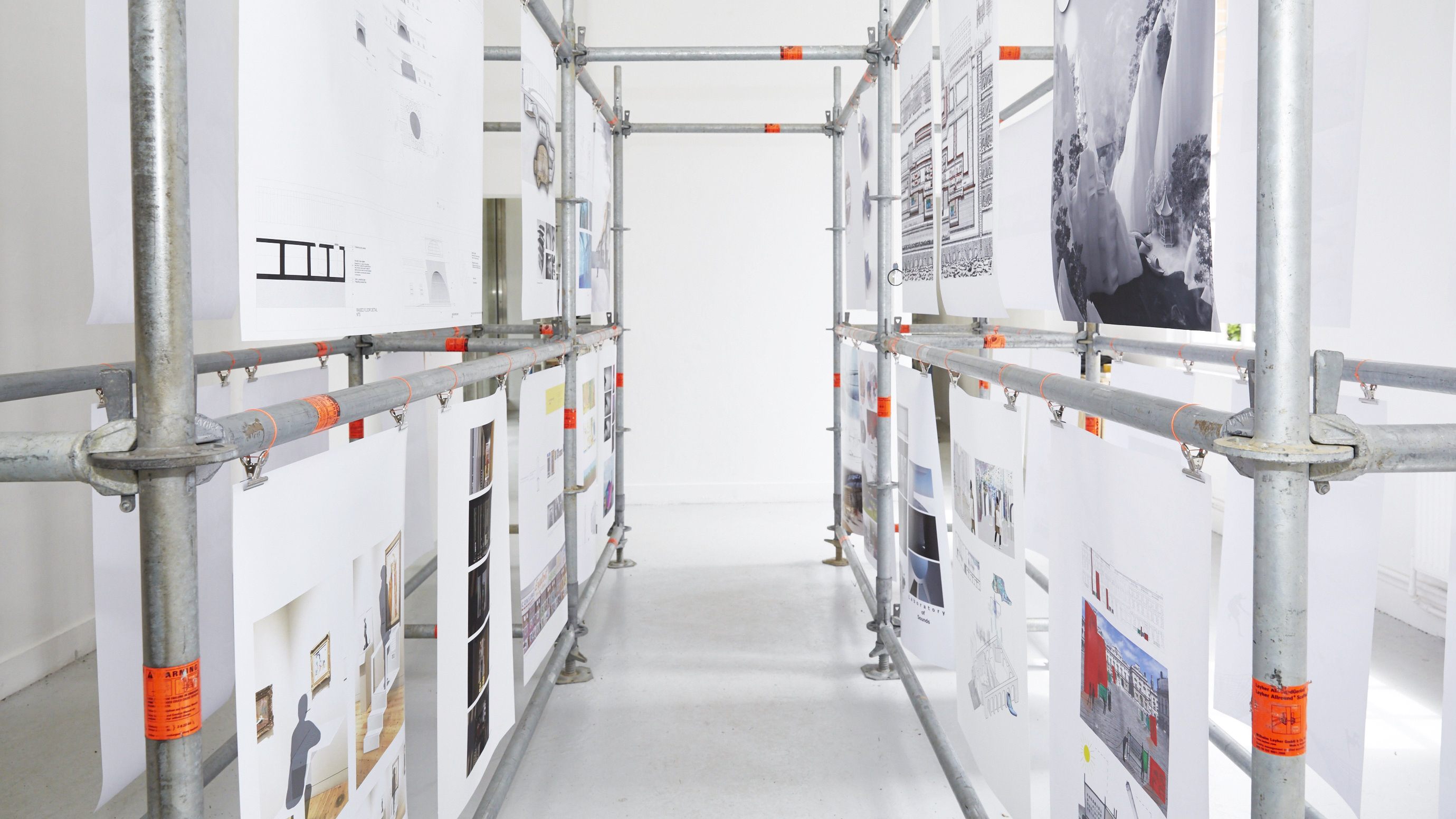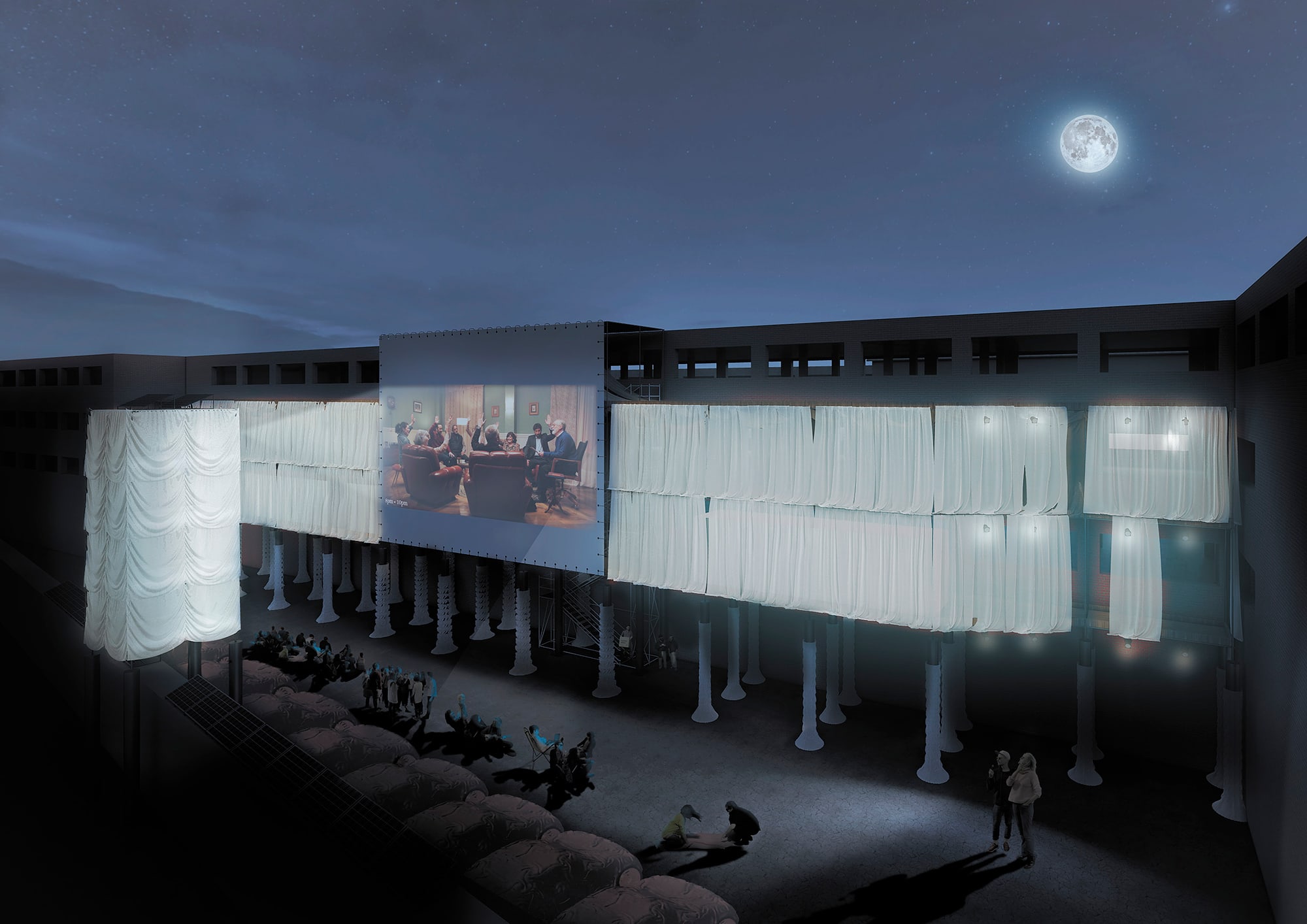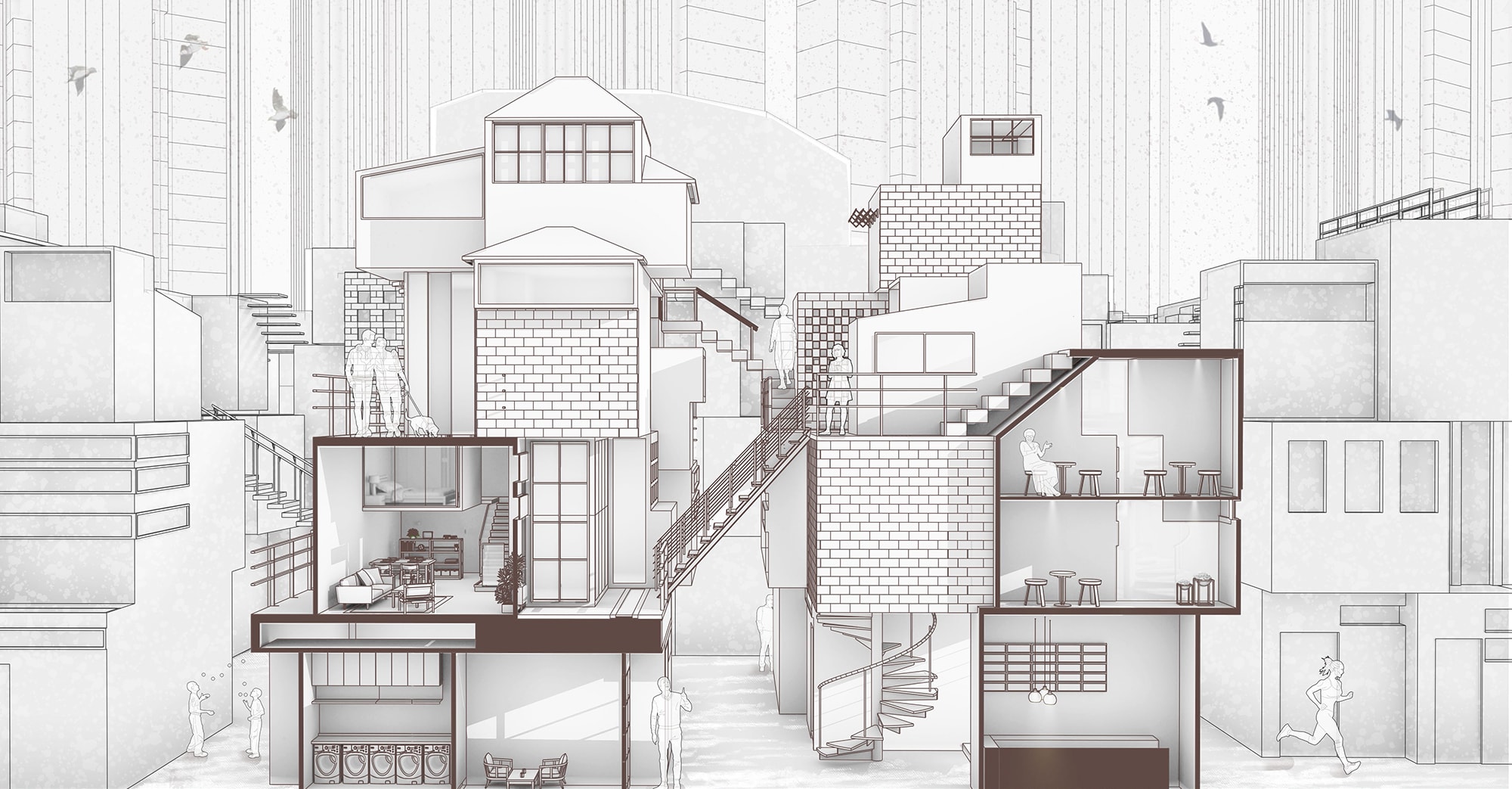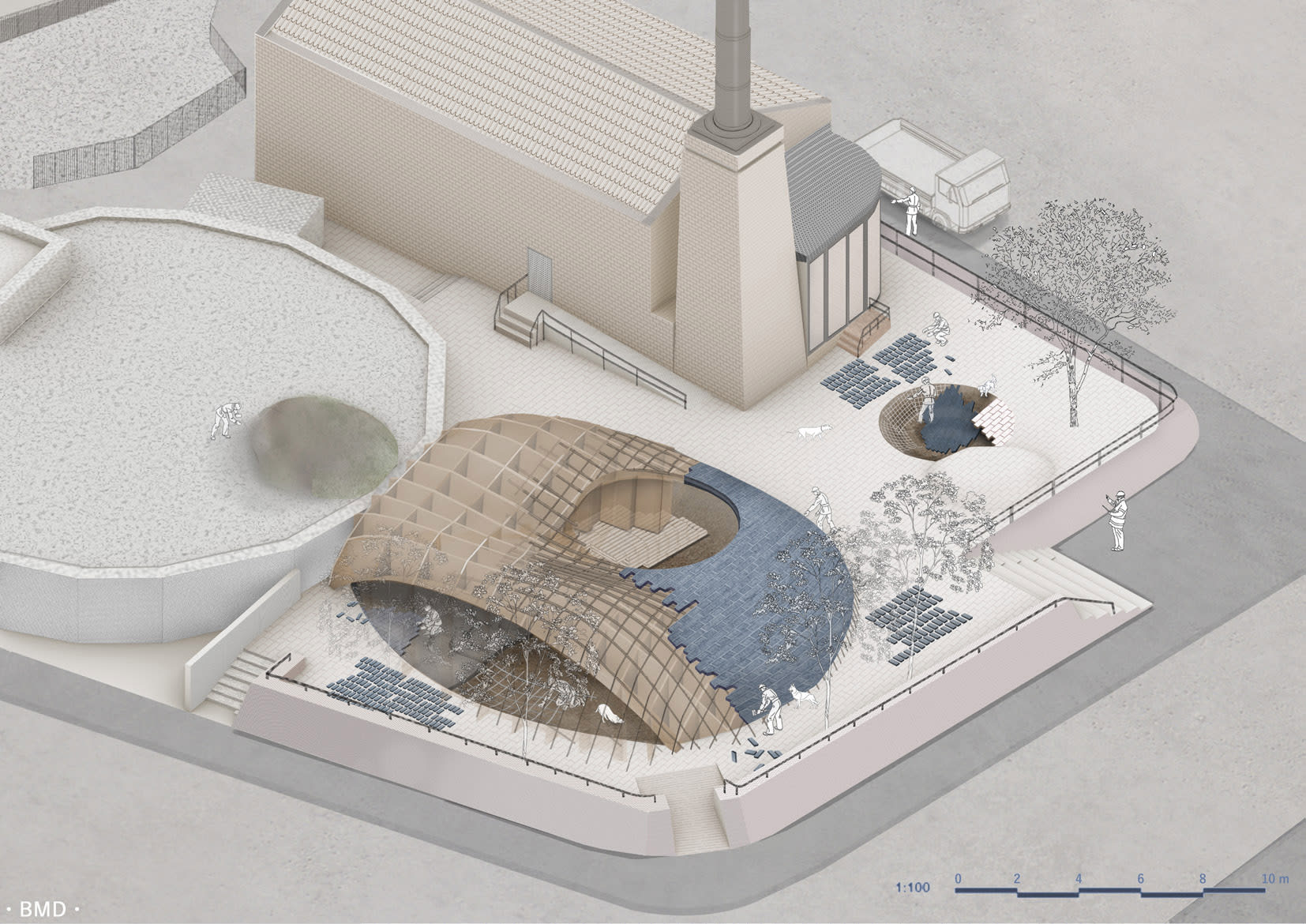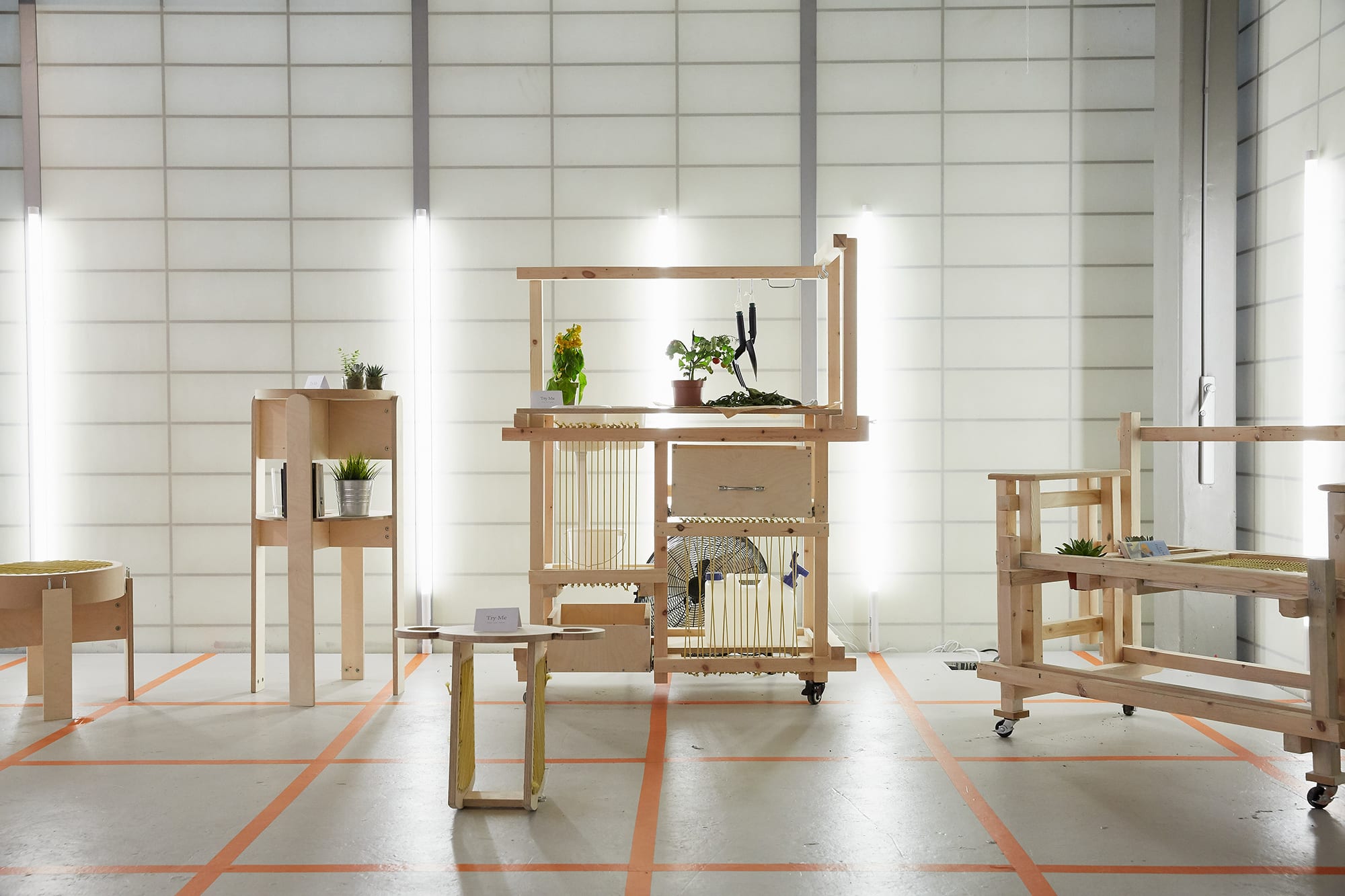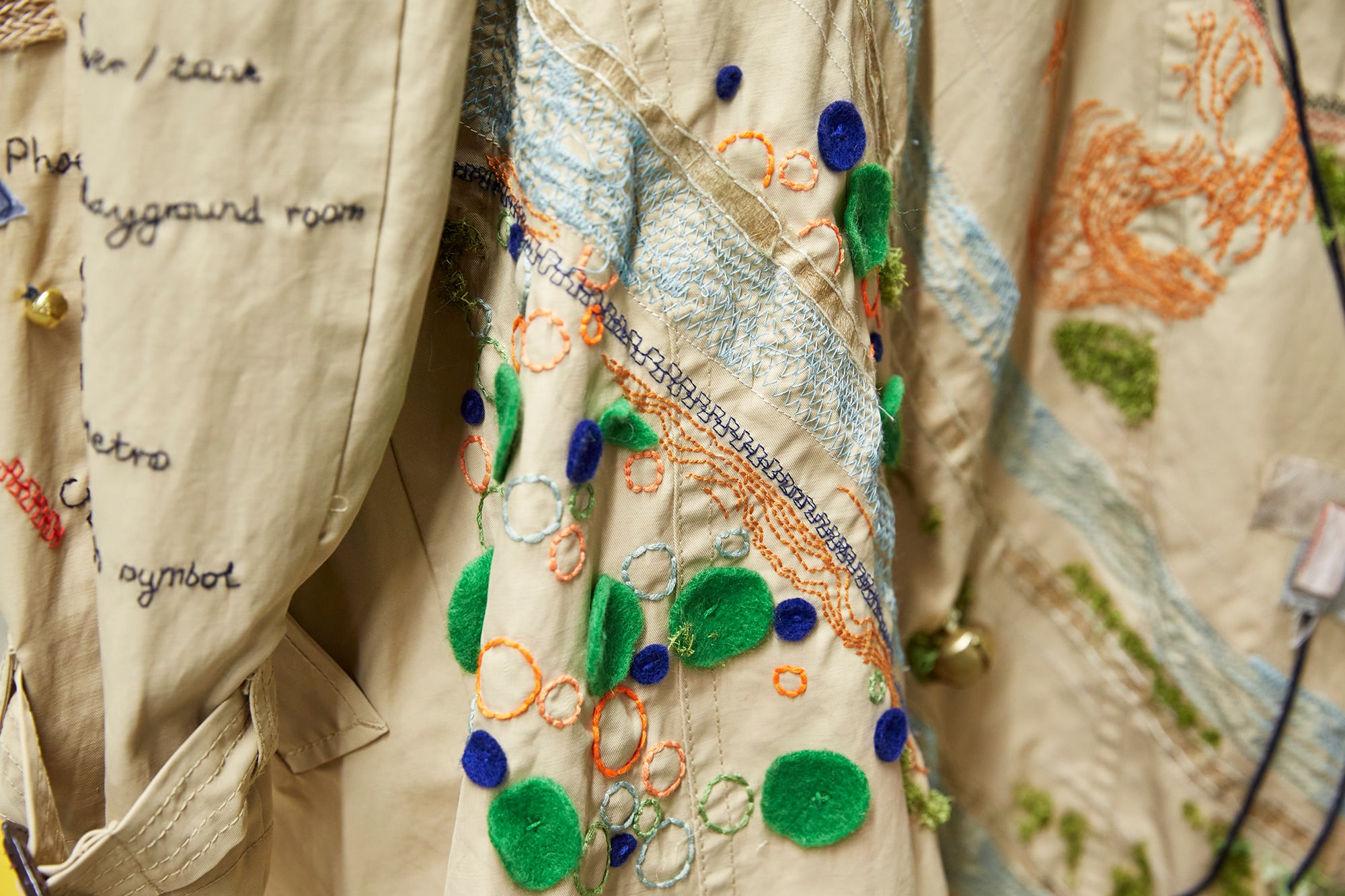Course units
Year 1
Unit 1 - Introduction to Interior and Spatial Design
Unit 1 is an introduction to the course, the College, the University and to the local neighbourhood of Camberwell.
Unit 2 - Collaborative spatial interventions (Design studio 1)
In Unit 2, you’ll undertake a live build collaborative project with local community partners. This will introduce you to socially and environmentally engaged spatial design practice and key interior and spatial design skills.
Unit 3 - Spatial narratives (Theory and practice 1)
Unit 3 introduces historical, cultural and theoretical contexts of interior and spatial design. You’ll craft a scale model in response to a spatial text and compose an illustrated research journal that narrates the research and process of your theoretical and practical studies.
Unit 4 - Socially engaged design (Design studio 2)
Unit 4 deals with the research, development, and material resolution of a speculative interior and spatial design project. You’ll address global social, racial and environmental concerns at a local scale, articulating your own responses and suggested resolutions.
Year 2
Unit 5 - Inclusive spatial practices (Design studio 3)
Unit 5 develops an understanding of the theory and practice of inclusive design. The brief will offer you the opportunity to explore and develop approaches to create inclusive spaces within an existing interior context.
Unit 6 - Collaborative and collective practices
You will be introduced to different ways in which collaborative working can help you to focus and enhance your own creative strengths. You’ll have the chance to work with fellow students and creative communities.
Unit 7 - Narratives for spatial agency (Theory and practice 2)
In unit 7 you’ll explore the potential of interior and spatial design to accelerate advocacy and imagine and realise fairer worlds for nature and humanity. You’ll apply your thinking to the research of complex urban site condition and compose a journal that narrates the research process in visuals and text.
Unit 8 - Spatial design agency (Design studio 4)
In unit 8 you’ll apply unit 7 site and theoretical research findings to develop a detailed interior and spatial design proposal. This will communicate your position on the role of design as a tool for social, racial and environmental change.
Year 3
Unit 9 - Critical spatial narratives (Theory and practice 3)
In unit 9 you’ll compose a multimodal research journal centred around ideas of climate justice. This will demonstrate your personal position towards interior and spatial design as a critical practice.
Unit 10 - Design for climate justice (Design studio 5)
Unit 10 asks you to develop a self-led design project which concludes with a design proposition centred around ideas of climate justice.
Optional Diploma between Years 2 and 3
Between Years 2 and 3 of the course you will have the opportunity to undertake one of the following additional UAL qualifications:
Diploma in Professional Studies (DPS)
This optional diploma can be taken between years 2 and 3. With support from your tutors, you will undertake an industry placement for a minimum of 100 days/20 weeks. As well as developing industry skills, you will gain an additional qualification upon successful completion.
Diploma in Creative Computing
Between years 2 and 3, you can undertake the year-long Diploma in Creative Computing. This will develop your skills in creative computing alongside your degree. After successfully completing the diploma and your undergraduate course, you will graduate with an enhanced degree: BA Interior and Spatial Design (with Creative Computing).
